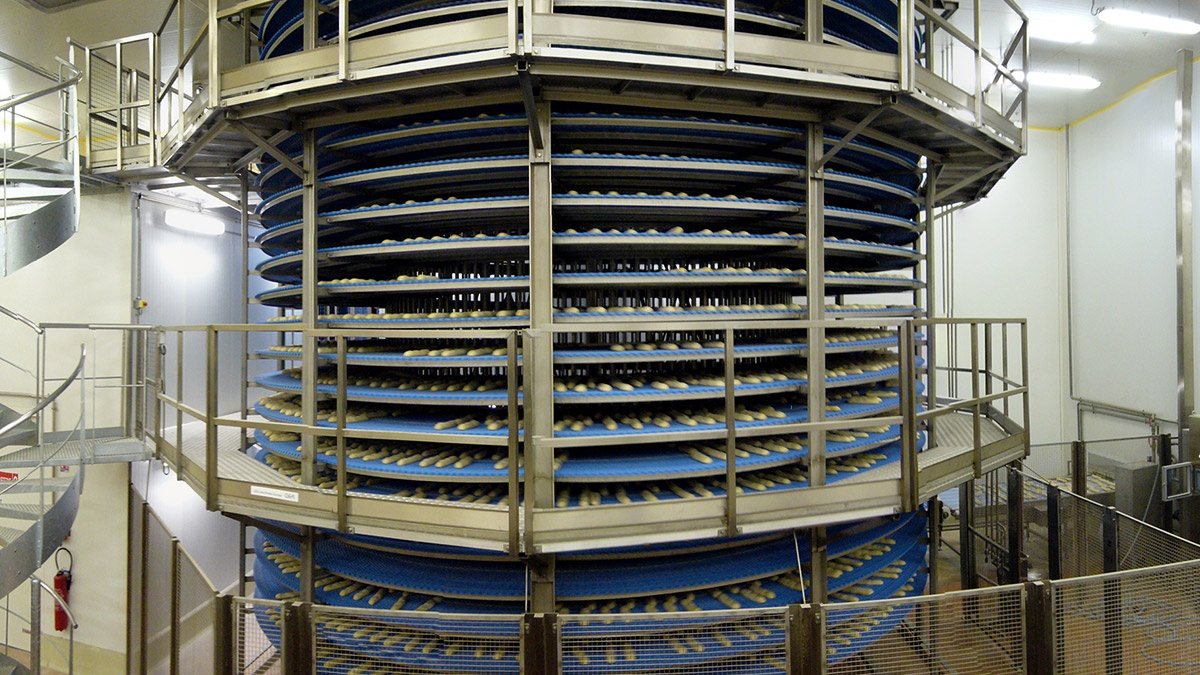
Appeal court upholds trial judge ruling that gives template for assessing “springboard period”

The Court of Appeal for B.C.’s affirmation of a lower court ruling awarding more than $7 million in damages to a Vancouver hygienic refrigerator manufacturer provides more precise guidance on the tort of breach of confidence by former employees and the remedies available, say two of the lawyers who acted for the plaintiff.
The appellate court’s upholding of the decision in GEA Refrigeration Canada Inc. v. Chang means that, unless successfully appealed to the Supreme Court of Canada, the trial court's ruling “will stand as a leading authority” in the province on issues of misappropriation of confidential information, says Mark Stacey, head of the civil litigation group at Singleton Urquhart Reynolds Vogel LLP.
(So far, no leave to appeal application has been made. The deadline is towards the end of February)
Stacey says the case offers a template for how the courts may calculate damages using the “springboard doctrine” under which the courts determine the “springboard period.” That is the amount of time that it would have otherwise taken for those who inappropriately used the confidential information to legally bring a product to market by developing their own design or “reverse engineering” a product.
British Columbia courts had not widely considered the springboard doctrine until this case, Stacey says.
Stacey adds that Vancouver is a growing hub for tech start-ups and much larger tech players such as Amazon and Microsoft. As employees move from one high-tech play to another, “the potential for breach of confidence litigation grows,” so having clear guidelines becomes more critical.
Stacey’s colleague Melanie Samuels, head of the firm’s workplace law group, says the case highlights to employers the need to have clear contracts that spell out how proprietary information cannot be used by an employee when they leave the company.
“Employers should do everything they can to ensure their employees understand that the information they are using is confidential,” she says, even if they don’t walk out the door with proprietary information on paper or computers and have an employment contract that reflects that.
GEA is a manufacturer of industrial hygienic freezers. Hygienic freezers have unique design features to prevent bacterial growth and to allow for periodic thorough cleaning. GEA’s freezers have other unique engineering features that distinguish them from those of its competitors.
 An example of one of GEA’s hygienic freezers
An example of one of GEA’s hygienic freezers
In some industrial freezers, panels are joined with caulking or chemical bonding agents. Instead, GEA uses a system of continuous seam welds, making for a surface without crevices or uneven joints where bacteria, such as listeria, could grow. To allow the insulated stainless-steel panels of the freezer to be welded with continuous seam welds, GEA developed a system using built-in heat sinks that allowed welding without damage to the insulation.
“While the concepts were not complicated, their implementation was difficult from an engineering standpoint,” ruled appeal court Justice Harvey Groberman, writing on behalf of a panel that included justice Gregory Fitch and Justice John Hunter.
“It took many years for GEA to develop and perfect its design. Major design modifications to improve the hygienic freezers commenced in about 1998 and only reached a stage of maturity in about 2004.
“The process involved considerable research and development expenditures, and an iterative approach founded on trial and error.”
The design features of GEA freezers were not patented, Stacey says. However, GEA took great care to keep the information confidential.
At the time of FPS’s entry into the industry, GEA and another company were the two major players, each accounting for roughly 40 per cent of the market.
According to the court ruling, In April 2010, two of the defendants in the case incorporated FPS Food Process Solutions, intending to compete with GEA in the industrial hygienic freezer market. In the summer of 2010, another former GEA employee joined FPS and brought with him GEA drawings, the court determined. FPS then used the GEA drawings to engineer and manufacture its industrial hygienic freezers.
Says Stacey: “The misappropriation of GEA drawings allowed FPS to quickly produce virtually identical freezers, without engaging in any research or product development.”
Following a 59-day trial, with many twists and turns, says Stacey, the trial judge Justice Sandra Balance of the Supreme Court of B.C. ruled in 2016 that FPS had possessed the GEA drawings and relied on them to produce the FPS freezers.
The trial judge then considered whether FPS’s reliance on the GEA drawings in FPS's freezers' engineering and production satisfied the test for the tort of breach of confidence. That test, as set out in Lac Minerals Ltd. v International Corona Resources Ltd., requires a plaintiff to prove: that the information conveyed to the defendant is confidential; the information was communicated in confidence, and; the information was used for an improper purpose.
The trial judge found that all three of the above criteria were satisfied.
The trial judge ruled that FPS’s breach of confidence provided it with a four-year springboard and ordered FPS be disgorged of $7.1 million in damages, the equivalent of its profits for the years 2011-2014.
On appeal to the B. C. Court of Appeal, the FPS appellants argued the trial judge made various errors in ruling that FPS used the GEA drawings to produce its freezers. The appeal court panel disagreed, ruling the trial judge’s “factual findings did not disclose any appealable errors.”
Justice Groberman wrote: “the appellants, even with their experience in the hygienic freezer industry, could simply create drawings from scratch and end up with fully functional, quality industrial freezers.
Building such a product required them to start with either an existing design or an extensive process of research and development.”
Stacey says the appeal court ruling also provides some guidance on how courts may in the future deal with misappropriation of proprietary information even when it is done through memory alone.
Justice Groberman wrote: “I am not entirely persuaded that the concentration on the drawings, as opposed to the design information that they contained, was justified.
“It seems to me that the appellants would be guilty of a breach of confidence even if they had relied only on their memories in appropriating GEA’s confidential designs rather than on the drawings.”
Stacey says the implications of this could be important to future cases of misappropriation of confidential information, as the appellate court appears to be saying that “the tort of breach of confidence protects confidential information, regardless of the manner by which it is misappropriated.”
“The appeal court has potentially taken the law in a direction than is more expansive than I thought it would,” Stacey says, broadening the tort beyond the facts of this case.
Samuels says that employees, especially those in the high-tech sector, should understand the risks of using confidential information or processes learned in their previous employment, even if they do not rely on illegally obtained confidential materials.
“You just can’t walk out and take confidential information that you’ve spent years learning at your employer and invoke it in a new business at the end of your non-compete period.”
And employers of a new employee who comes from a competing firm should also be cautious about potentially misusing confidential information from that employee’s former firm.
Adds Stacey: “If you want to use any confidential information, you had better go through the steps to reverse engineer it. And if you do use something that the former employer has spent a lot of money developing you should expect to get sued.”